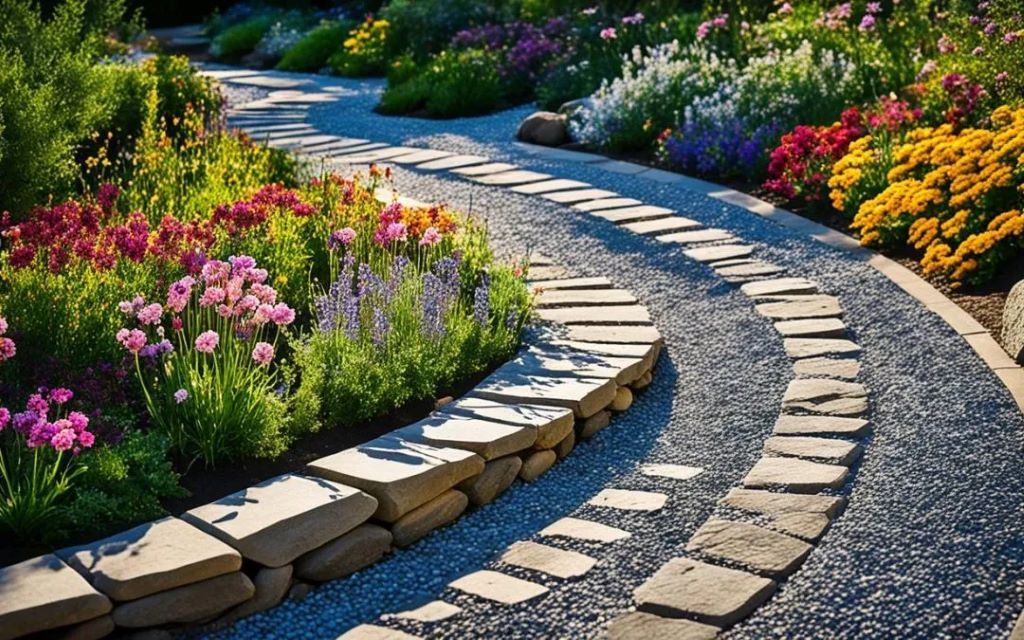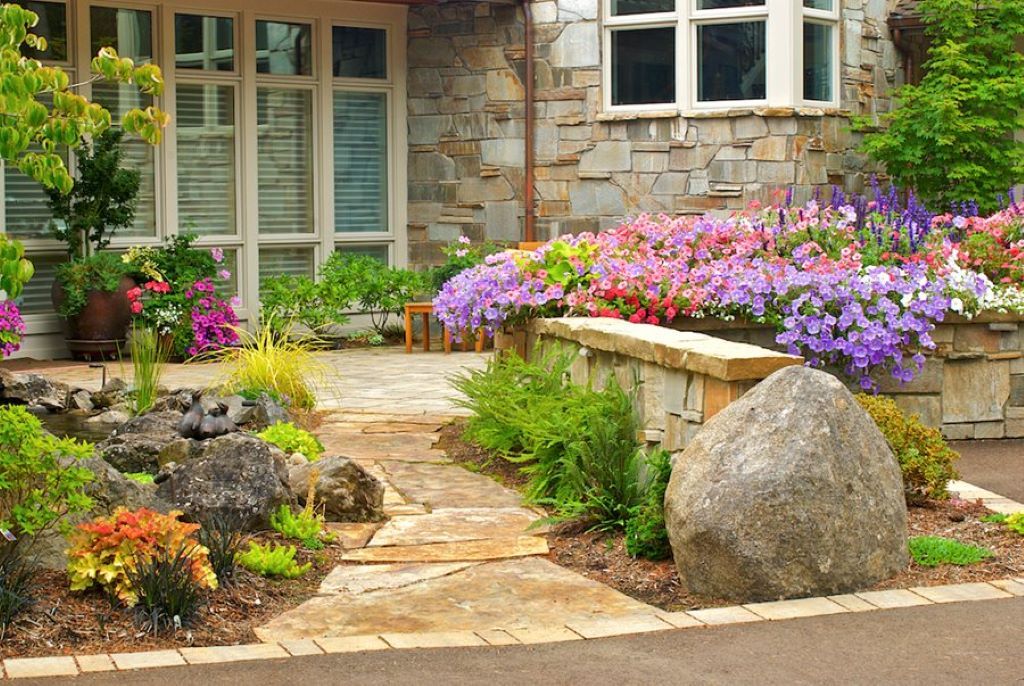
Slag Rock in Your Garden: A Unique and Sustainable Landscaping Material
Slag rock, a byproduct of metal smelting, might not sound like the most appealing garden material. However, its unique properties and eco-friendly nature have made it an increasingly popular choice for landscapers and gardeners seeking something different. Let’s delve into how you can incorporate slag rock into your garden design.
What is Slag Rock?
Slag rock is formed when impurities are separated from molten metal during the smelting process. It cools into a porous, angular rock with colors ranging from dark gray to reddish-brown. While its appearance might not be conventionally attractive, its distinct texture and neutral hues make it incredibly versatile for various garden applications.
Why Use Slag Rock in Your Garden?
- Sustainability: Slag rock is a recycled material, diverting waste from landfills and reducing the demand for newly quarried stone.
- Drainage: Its porous nature allows for excellent drainage, preventing waterlogging and promoting healthy root growth for plants.
- Weed Suppression: The dense layer of slag rock can inhibit weed growth, saving you time and effort on weeding.
- Thermal Properties: Slag rock retains heat, which can benefit plants in colder climates by extending the growing season.
- Aesthetic Appeal: While unconventional, the rugged beauty of slag rock can add a unique and industrial charm to modern garden designs.
Slag Rock in Garden Design: Creative Ideas
- Pathway: Use slag rock to create durable and eye-catching pathways. Its angular shape interlocks, forming a stable surface that’s comfortable to walk on.
- Mulch: Slag rock makes an excellent inorganic mulch. It won’t decompose, eliminating the need for yearly replacement and helping to retain moisture in the soil.
- Rock Garden: Incorporate slag rock into a rock garden for a distinctive look. Pair it with drought-tolerant plants like succulents, sedums, or ornamental grasses.
- Drainage Layer: If your soil has drainage issues, consider using a layer of slag rock beneath your topsoil to improve water flow and prevent root rot.
- Raised Beds: Construct raised beds using slag rock as a border material. Its porous nature allows excess water to drain, keeping the soil well-aerated.
- Water Feature: Surround a pond or fountain with slag rock to create a natural and rustic aesthetic.
- Fire Pit Area: The heat-resistant properties of slag rock make it an ideal choice for surrounding fire pits, adding both safety and style.

Related: Create a Garden Haven for Your Dog
Important Considerations Before Using Slag Rock
- pH Levels: Slag rock can be alkaline, which may not be suitable for all plants. Test your soil pH before using it extensively and adjust as needed.
- Sharp Edges: Wear gloves when handling slag rock to protect your hands from its sharp edges.
- Size Variation: Slag rock comes in various sizes. Choose the appropriate size for your intended use. Smaller pieces are suitable for pathways, while larger ones work well for borders or decorative accents.
Integrating Slag Rock into Different Garden Styles
- Modern Gardens: The industrial look of slag rock complements contemporary garden designs, especially when paired with minimalist hardscaping and architectural plants.
- Xeriscaping: In dry climates, slag rock’s drought-tolerant nature makes it perfect for xeriscapes, where water conservation is key.
- Wildlife Gardens: Use slag rock to create crevices and shelters for beneficial insects and small animals in your wildlife-friendly garden.
Maintenance Tips for Slag Rock
Slag rock is relatively low maintenance. Occasionally rake it to remove debris and prevent weed seeds from taking root. Rinse it off with water to maintain its appearance and prevent dust buildup. When considering slag rock for your garden design, it’s worth checking out Cherryblossomlife’s review on labyrinth garden for inspiration.
Embracing Slag Rock’s Unconventional Beauty
Slag rock might not be the most traditional garden material, but its unique qualities and sustainable nature make it a valuable addition to any landscape. By incorporating slag rock creatively, you can create a garden that’s both visually stunning and environmentally responsible. So, why not experiment with this versatile material and discover its hidden potential in your own backyard?



